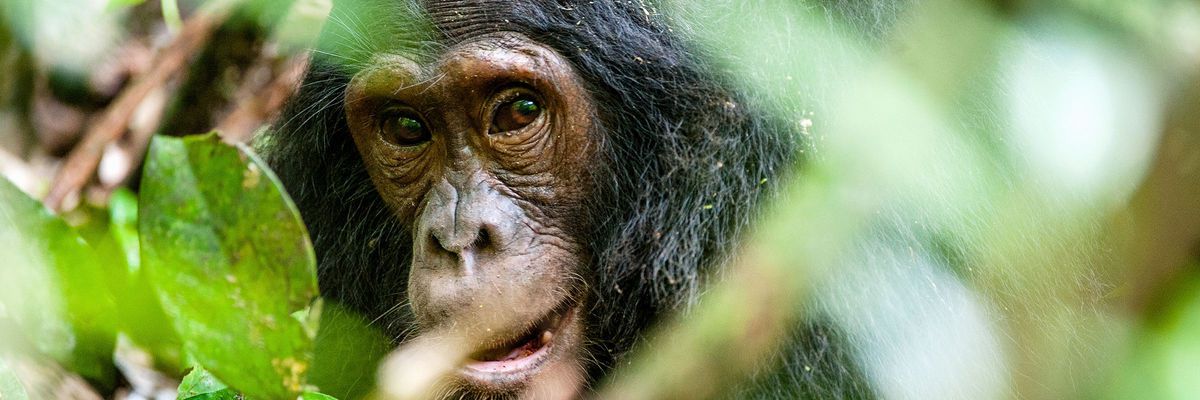Introduction
Bwindi Impenetrable Forest is one of Africa's most important conservation areas, known for exceptional biodiversity that includes half the world's mountain gorillas - around 350. These rare primates live in family groups in the heavily forested Virunga Mountains, in the southwest corner of Uganda, on the edge of the Albertine Rift Valley. The volcanic mountains extend into neighbouring DRC and Rwanda, and national parks in each of these three countries form a conservation frontline for the endangered gorilla.
Large numbers of birds and butterflies can be seen in Uganda's UNESCO protected Bwindi Impenetrable National Park - the word ‘bwindi' means impenetrable in the Rukiga language. But it is the opportunity of seeing mountain gorillas in their natural habitat that attracts most visitors. Watching silently as a male silverback pounds his chest, or other members of the gorilla troops eat leaves, bark and fruit amid the montane and lowland forests, is an emotional and unforgettable wildlife encounter.
Bwindi gorilla treks are a major Uganda travel highlight. There are around a dozen family groups in the park, which are familiarised to tourists on guided gorilla treks. Pressed down grass, broken twigs and mountain gorilla dung are clues to look out for during the at-times-strenuous trek in search of the gentle giants, scrambling up slippery slopes and through the dense forest. A wide variety of other animals - including elephants, chimpanzees, antelopes and native birds such as the African Green Broadbill and Shelley's Crimson wing - can also be seen in Bwindi.








